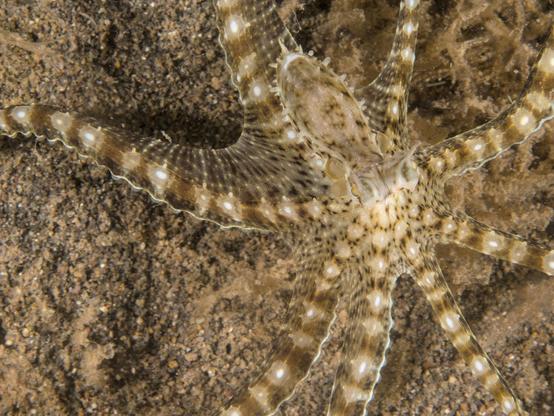An ethical committee approval is needed to work with 1.5 millimetre-long squids in the UK, says the Home Office officer who just came back from a trip to the Mediterranean that included many a meal with 25 cm-long grilled squids.
Oh, you are working with late embryos prior to hatching? Then no ethical permits are required. The honorary primate status, i.e., "sentient beings", is only for hatched, free-living cephalopods.
So prior to hatching, cephalopods aren't sentient beings?
In any case, bear in mind these 1.5-mm squids have ~30,000 neurons, about 1/5th of those in the brain of a fruit fly that the same officer doesn't hesitate to squash with an adroit flick of the hand. And for which no permits are required, whatsoever.
And a honeybee, with 600,000 neurons in its brain, is not a sentient being?
None of this will ever make any sense to me. It is not science. Perhaps not even politics. I don't know what it is.
#academia #cephalopods #UK #neuroscience








